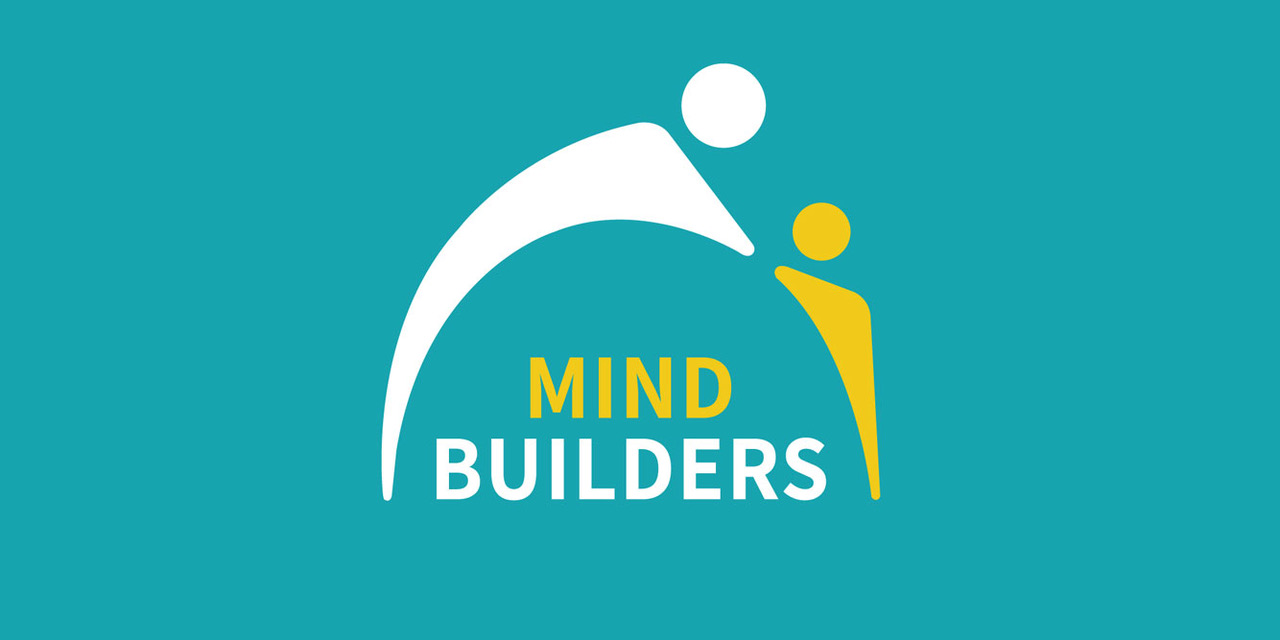Gestural communication
Long before a child learns to speak, i.e. at least in the first 15 months, he communicates through
- GEST: with the hands, fingers, show, give, hand, push away, ...
- BODY LANGUAGE: it moves its foot to say, "Do it again," shrugs its shoulders, tilts its head, turns its body away from/ toward you, ...
- EYE AND FACE EXPRESSION: Smiles, laughter, frowns, interested looks, surprised faces, ... and above all different
- VOICE to convey a wide range of subtle feelings and emotions, such as sympathy/dislike, interest, fear, disgust, anger, frustration, sadness, greed, love, pain, admiration, jealousy, regret, generosity, ...
Gestural language is like the soil on which a tree grows
Non-verbal gestural speech is to language what soil is to the tree in which it grows. It accounts for more than 90% of communication: When people talk to each other, words account for less than 10% of their communication! Therefore, without a well-functioning gestural language, we are likely to end up with robotic language as in a computer, or as in some forms of echolalia or "scripting" by autistic children. So: Respond to the child's ENGLISH and 'don't say "SAY ..."'!
The gestures of the child are what he wants to say
- A child's gestures and what it looks at are its language. In this way, it communicates to us what it means and has in mind.
- He speaks to us through his gestures: you can see his intentions and ideas through his gestures.
- Turn the child's gestures into words, that is, let him HEAR HIS gestures and ideas in YOUR words.
- Sprinkle magical 'no talking dust' over your playful interactions using gestures, body language, facial expressions and tone of voice, ... !

